Traffic noise
The operation of vehicles creates traffic noise that can be an annoyance to residents and the environment. High noise levels pose a threat to the health of people residing permanently near noisy sound sources. This creates the need to monitor noise generated by traffic routes.
What is traffic noise?
Traffic noise is generated in the environment by the movement of trains, streetcars, cars, planes, and ships. All of the aforementioned sound sources form traffic routes. Noise from individual traffic routes can vary greatly in nature.
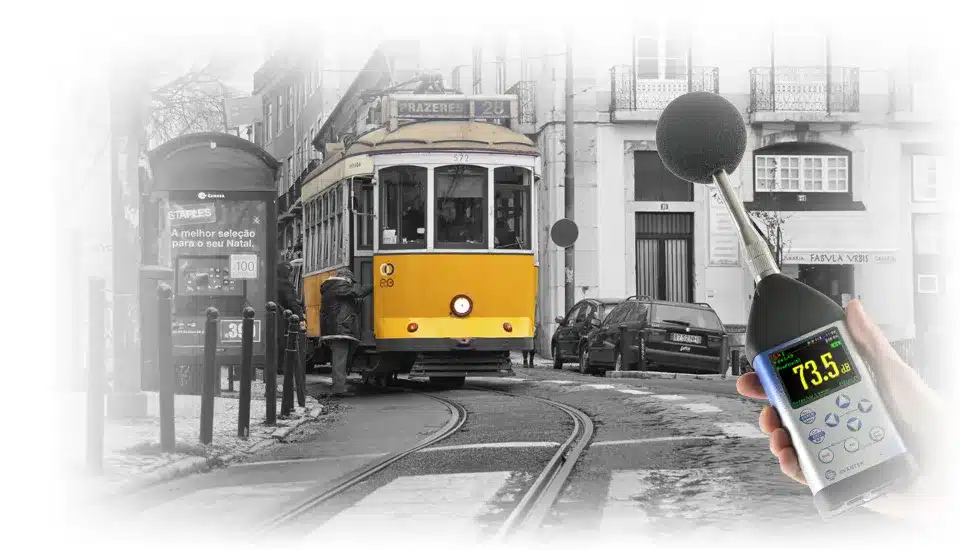
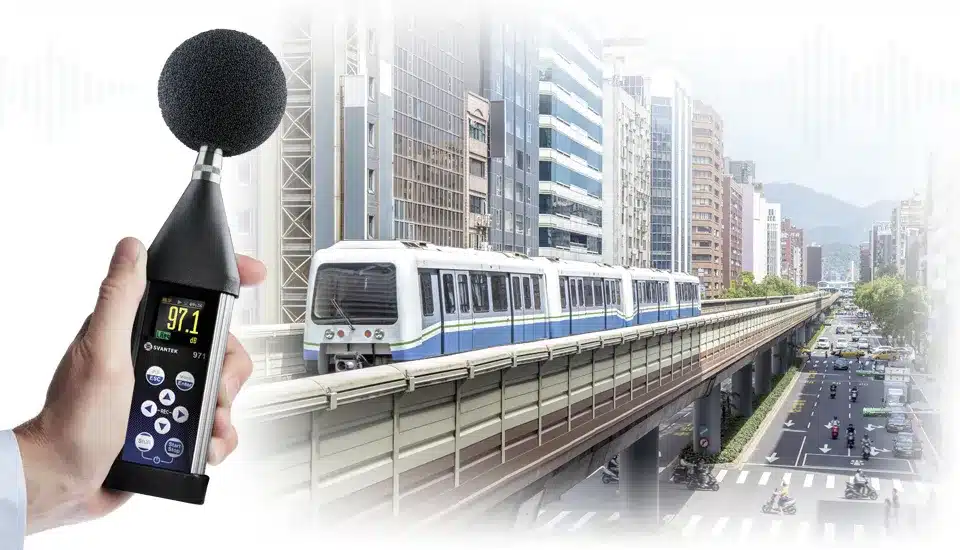
What affects the level of noise from traffic routes?
There are many factors that can influence the noise levels produced by these sources. Take into consideration the technologies being used, the pavement’s condition, or the technical state of the vehicles. A significant factor is also the environment in which the vehicles operate. While a lot of buildings will amplify the noise, wooded areas can absorb some of the sound energy.
How to deal with traffic noise?
To reduce noise from roads, highways, and railroads, upgrades and renovations are often necessary. Noise barriers are also a very good tool for combating traffic noise. All of these solutions do not guarantee total noise reduction. It is often necessary to act on many levels. The starting point for any work is acoustic maps of areas. To be able to win the battle against noise, we must first identify the noise.

How can traffic noise be analyzed?
In Poland, traffic noise can be analyzed in two ways. The first is an analysis of the Environmental Protection Law of April 27, 2001. This law imposes fines for exceeding permissible noise levels. The second way is through analyses of how noise affects people in buildings.
Where can I find acceptable noise levels?
Permissible noise levels are specified in the Environment Minister’s Notice dated October 15, 2013. The above notice defines levels for different types of land and different types of facilities, taking into account the activities carried out in them and the time period to which the measurement refers. The permissible noise levels that a road or railroad may produce are what we are interested in for this article.
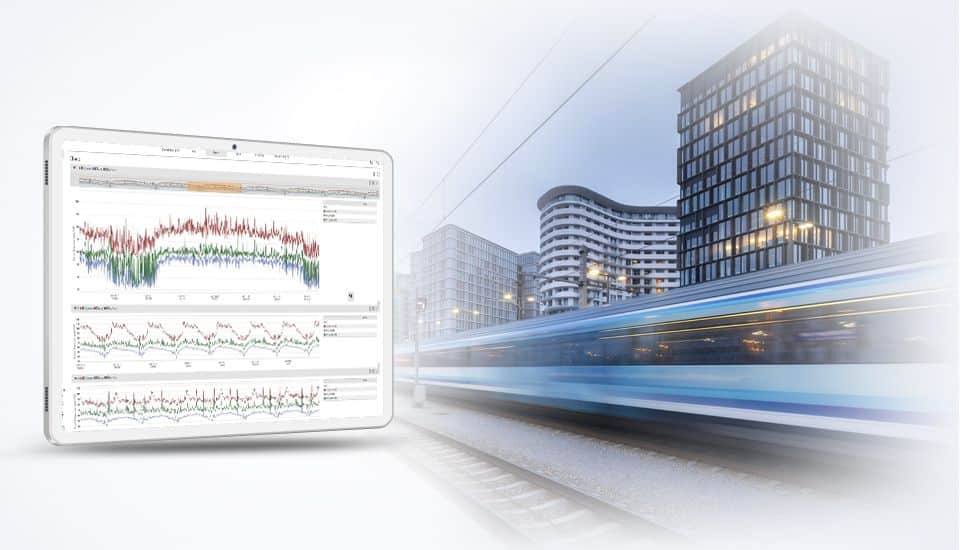
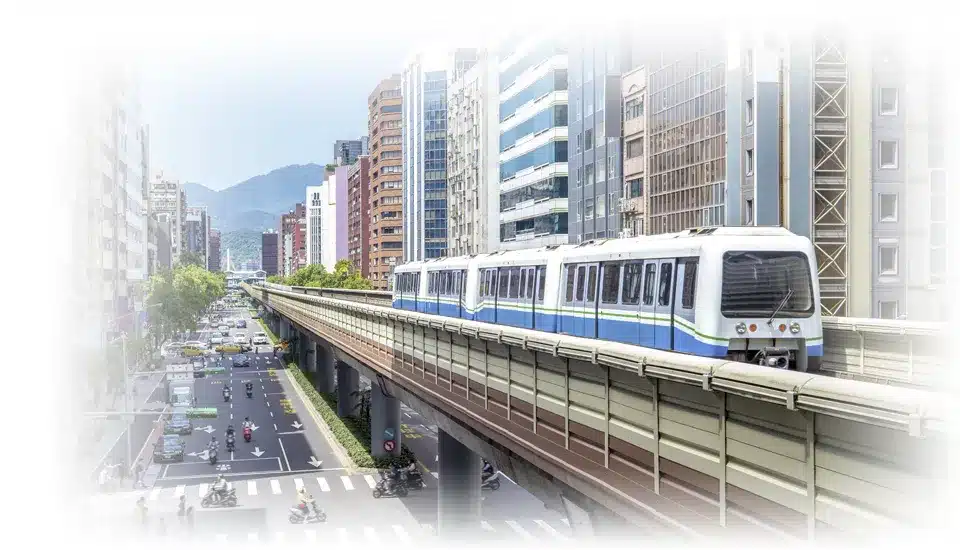
What are the permissible levels of noise generated by roads and railroads into the environment?
Depending on the type of terrain, acceptable daytime levels range from 50 dB to 70 dB. Levels during the night are limited to values between 45 and 65 dB. Hospitals, spas, and locations where children and young people live permanently or temporarily are subject to the strictest regulations. Cities with a population of more than 100,000 people often have the loudest centers.
Where are the methodologies for measuring traffic noise in the environment defined?
The measurement methodology for traffic noise in the environment is defined in the Ordinance of the Minister of the Environment dated June 16, 2011. The ordinance also provides information on the location of measurement points, the choice of measurement methodology, and how to make post-measurement reports.
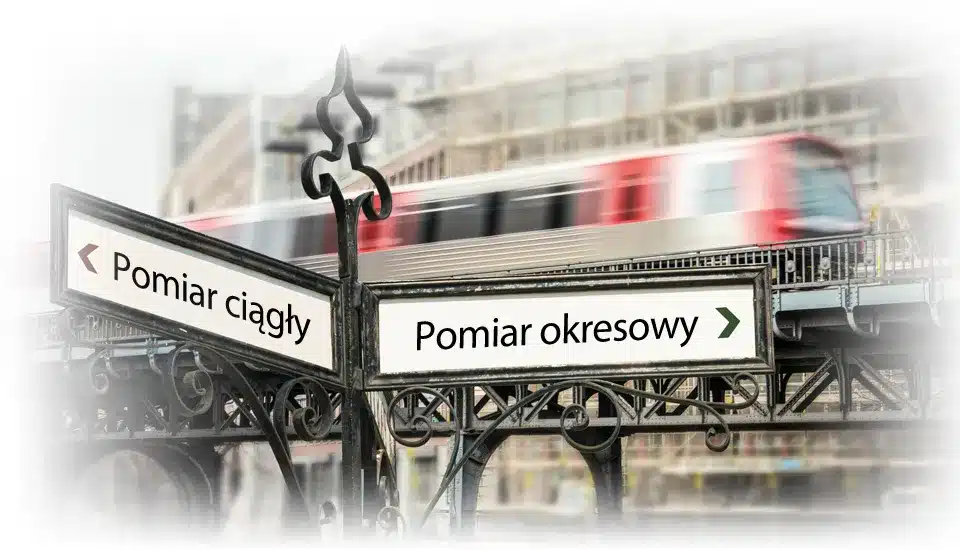

Which measurement methodology to choose?
Two measurement methodologies are defined in the Regulation of the Minister of Environment dated June 16, 2011. These are both continuous and periodic measurements. Only the control of airports requires continuous measurements. Public railroads, tramways, and roads are inspected with periodic measurements.
What roads and railways/tram lines should be inspected?
The control applies to roads that “have an average annual traffic volume of more than 3 million vehicles, or with a percentage of heavy vehicles in the traffic stream of more than 20%, for an average daily traffic of more than 5,000 vehicles.” For rail lines that see more than 30,000 trains annually in traffic, periodic measurements should also be made. Additionally, for streetcar lines, track segments with daily traffic counts of more than 100 streetcars are taken into account.

What kind of measurements should be taken?
We measure the LAeqD and LAeqN indicators at the appropriate times throughout the day. The measurement of LAeqD applies to the period of time between 6:00 a.m. and 10:00 p.m. The nighttime measurement, or LAeqN, is the time between 10:00 p.m. and 6:00 a.m. These indicators are both calculated for one day.
What are the procedures for determining LAeqN and LAeqD?
For periodic measurements of noise produced by the use of roads, railroads, and tramways, four procedures are defined in Appendix 3. Three of them are typically concerned with measuring acoustic parameters, while the fourth is based on sound propagation models. The first measurement method is a continuous noise recording procedure, which is performed continuously for many hours or many days. The second method is a measurement procedure in which exposure levels are determined for individual trips. It is used for railroads, streetcar lines in the context of track sections, and roads with less than 300 vehicles per hour. Sampling-based measurement is the third technique. It is used for roads with traffic volumes higher than 300 vehicles per hour.
How do you determine the values of equivalent sound level A for continuous measurements?
To find the appropriate values, the time interval must be divided into smaller intervals. The intervals during which the proper meteorological conditions were not maintained must be discarded. These intervals can be replaced by calculation, but they should not be longer than 1.5 hours for the day and 1 hour for the night. Both noise and the acoustic background are examined. The relevant formulas for calculations can be found in Annex 3 of the RM dated June 16, 2011.
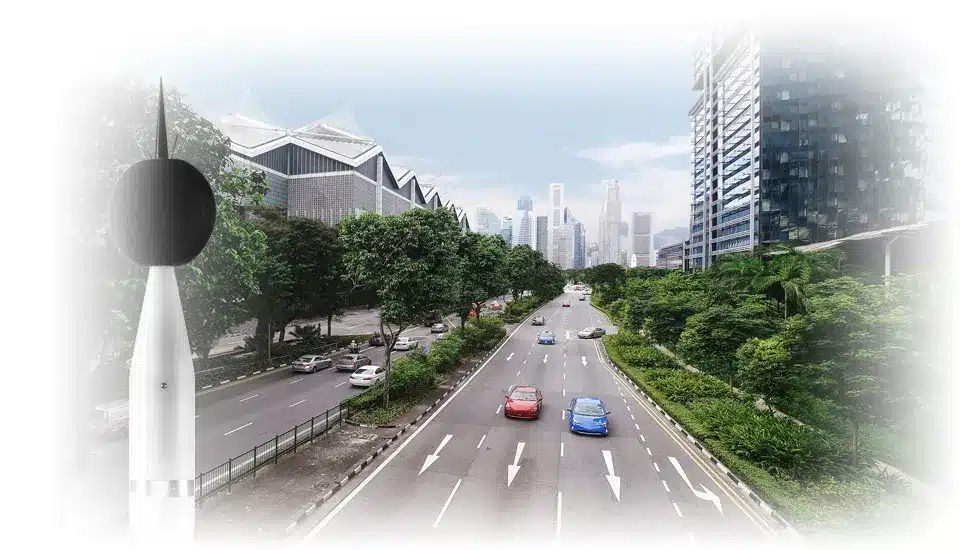

How do I determine the values of equivalent sound level A for measurements of single acoustic events?
By measuring exposure levels, the equivalent level is calculated. The corresponding acoustic events are combined into classes for light vehicles and heavy vehicles that move to the right or left. For railroads, there are a minimum of 4 classes: long-distance passenger trains, regional passenger trains, freight trains, and rail buses. For streetcars, the classes are defined by the type of streetcar passing through. For each class, the logarithmic mean value for exposure level measurements is determined. Classes can be reduced or expanded due to measurement needs and easier analysis.
How do you determine the values of equivalent sound level A from sampling measurements?
Determining a representative measurement interval in this situation is necessary. Measurements are grouped so that the differences in equivalent noise levels are not greater than 3 dB. Each interval should have a minimum of three measurements and last a minimum of 10 minutes. Depending on the level differences in the interval, the required number of measurements for the interval is selected. The relevant calculation formulas can be found in Appendix 3 of the RM dated June 16, 2011.
Where to locate the measurement points according to the RM of June 16, 2011?
The definition of the measurement points for these measurements is very clearly stated in Annex No. 3. In the case of noise from roads, railroads, and tramways, it is necessary to consider the locations where this noise most affects people. The noise from a particular measurement point ought to best describe the noise from a particular area of the transportation route. The points should be located in a noise-protected area, in the place with the greatest impact of noise on people. If noise barriers are already installed in the area, this should also be taken into account, and the measurement points should be located accordingly.
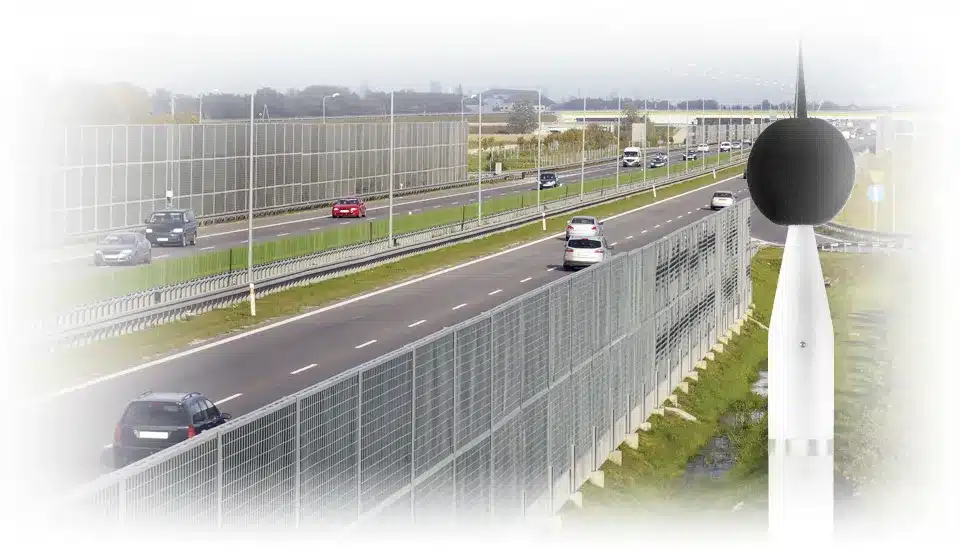
What should traffic noise be measured with?
The parameters of the measurement sets required for accurate measurement performance are also specified in Annex No. 3 of the RMS, dated June 16, 2011. The use of an effective integrating (or integrating-averaging) meter is required. The meter must have a windshield, a FAST time constant, be of the first accuracy class, have been calibrated using a calibrator of the same class, and have a calibration certificate that is no older than two years.
What are the additional requirements for traffic noise measurements?
Each measurement should be preceded by a calibration of the meter. The meter should be able to record changes in sound level at least once every second if noise is being recorded continuously. The results should be readable by a computer. The files should have information about the calibration factor and other meter parameters. In addition, the meter or a program for handling measurement results should perform a statistical analysis of the signal in accordance with the PN-ISO 1996-1 standard.
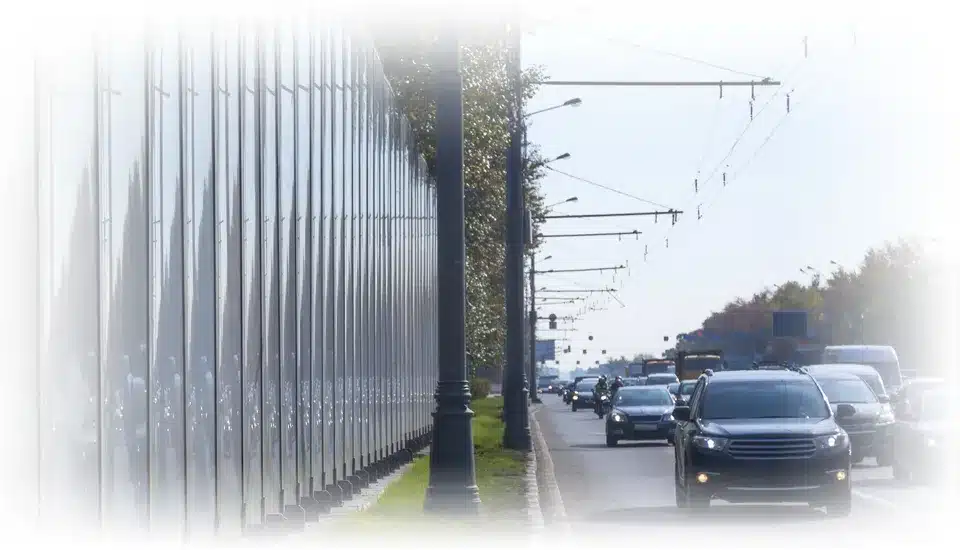
What are the requirements related to meteorological conditions?
During measurements, it is necessary to measure the meteorological conditions. The meteorological conditions during the measurement should allow the proper operation of the meter’s operation or meet the limit requirements. According to item D of Appendix 3 of the RM of June 16, 2011, the limiting conditions are as follows: for temperature, the range is from -10 to 50 °C; for relative humidity, from 25% to 98%; for wind speed, from 0 m/s to 5 m/s; and for atmospheric pressure, from 900 hPa to 1100 hPa. In addition, there should be no precipitation during the measurements.
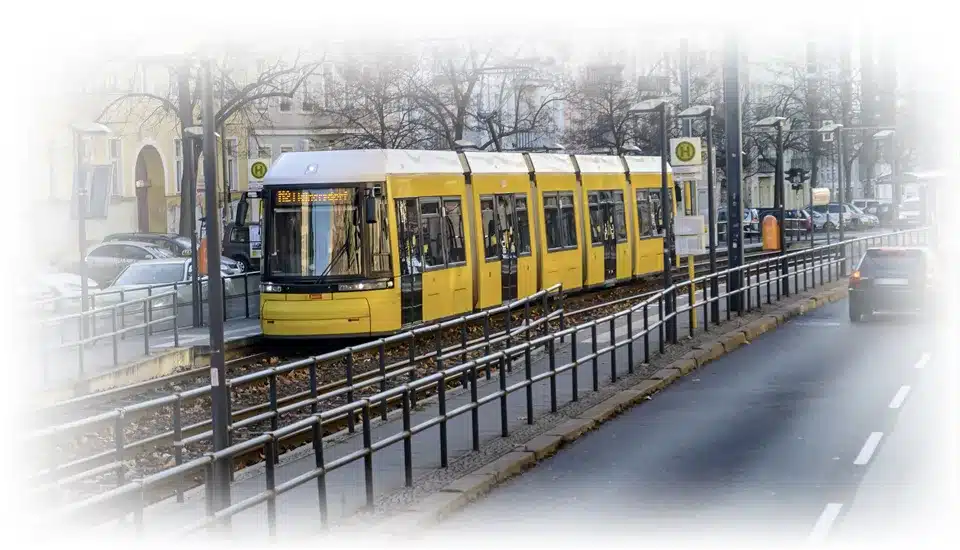
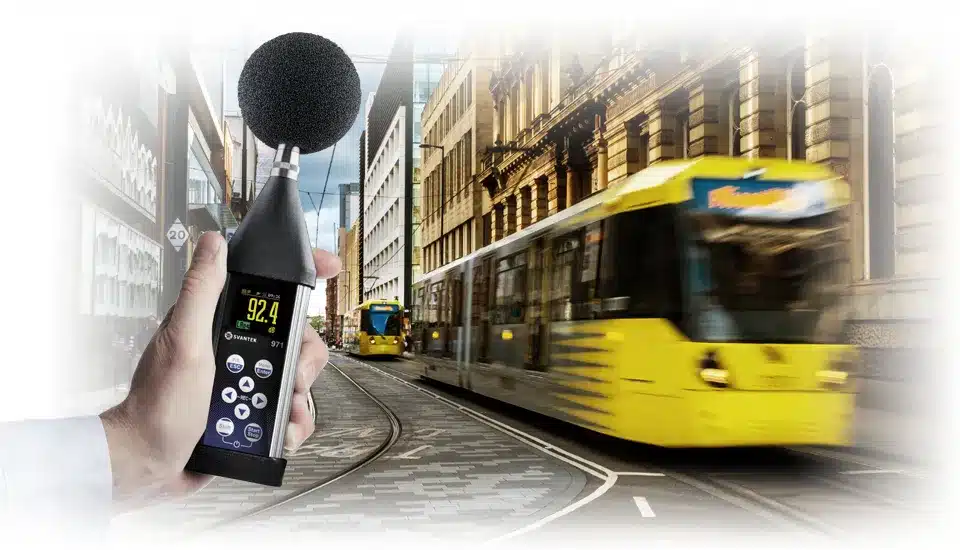
How should the measuring equipment be set up?
Depending on the built-up area and the sound source, the microphone is placed 1.5 m above the ground surface for undeveloped areas, at the façade of protected buildings in the window of the floor exposed to the noise, or at 4 m above the ground surface if measurements cannot be made in the window of the floor. If we are most interested in the noise generated by the source, we locate the points 10 m from the edge of the lane for public roads, 25 m from a railroad line, or 7.5 m from the track axis for a tramway line. In addition, the appendix specifies the positioning of measurement points for traffic routes located on an embankment, overpass, or bailout.
What should be included in the measurement protocol and report?
The measurement protocol’s requirements are also laid out in the RM from June 6, 2011. With this data, it is possible to identify the noisy source and reproduce the measurement methodology very precisely. The protocol also includes full information on the location of measurement points, the setting of meters, and meteorological conditions. Tables have been prepared for the recording of measurement results, which should be supplemented.

Special measurement cases
The terrain on which measurements are made can be diverse. The SVANTEK Measurement Laboratory comprehensively deals with such measurements. The laboratory has extensive knowledge of conducting measurements and applying the requirements of the Environment Minister’s Regulation from June 16, 2011. These guidelines are extremely detailed, making it nearly impossible to follow them without special tools and a lot of experience.
Examples of implementations
The laboratory’s long-standing practice includes measuring the level of noise emitted into the environment from specific streets. Such measurements may be ordered by private individuals or businesses. The measurements are done to see if there are any noise levels that are above what is allowed. The laboratory chooses the most effective measurement techniques in accordance with any applicable standards or laws. Since the measurement methods are accredited, the commissioner can take further legal steps based on the results.
Why take measurements of noise from traffic routes?
Based on these measurements, strategic noise maps are created to control noise in urban areas. This makes it possible to avoid the negative effects of being in an environment where levels are higher than allowed tolerances. These measurements serve as the foundation for taking additional actions to prevent going over the allowable limits.
How can a city deal with noise?
The noise protection program declares what measures will be taken to reduce noise levels in strategic locations, such as the city center. To reduce noise levels in cities, restrictions can be placed on the movement of vehicles, such as limiting the number and speed of vehicles; improving road and track surfaces; using quiet pavements; or using noise barriers. The most widely used are noise barriers.
